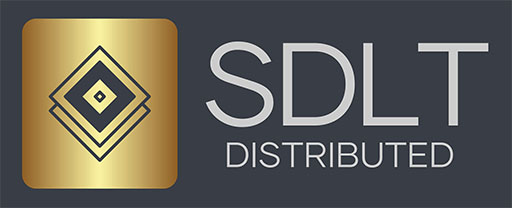
Cleared Derivatives Industry at “Inflection Point” with Tokenisation: FIA – The Full FX
A new white paper from the Futures Industry Association (FIA) argues the cleared derivatives industry is at an inflection point in the adoption of tokenisation and its role in accelerating the mobility of collateral.
The paper notes that several clearinghouses are exploring use cases for this technology, it also describes the potential benefits and some of the challenges for adoption at scale and concludes with four recommendations. These are:
- The importance of education, and how FIA can play a supporting role by connecting experts in blockchain technology with the operations, risk, funding, compliance, legal and other professionals who manage the movement of collateral in today’s technology systems.
- Legal certainty will speed adoption. FIA has analysed the US regulatory landscape but more work is required across the globe to clarify whether existing rules permit tokenised assets for use as collateral.
- Adoption of this new technology should start with forms of collateral that meet existing regulatory standards for liquidity, such as certain government bonds and money market funds.
- Strong collaboration and industry standards will increase adoption. The movement of collateral involves many segments of the cleared derivatives ecosystem, including clearinghouses, clearing brokers, custodians, market participants, traditional technology providers and the next generation of blockchain network providers. One way to encourage adoption across this ecosystem is through pilot projects, tabletop exercises and other forms of collaboration.
“Over the last several years, we have seen a growing recognition among our members that tokenisation could have a practical use case in how we manage the movement of collateral,” says FIA president and CEO Walt Lukken. “By creating a digital representation of an asset on a distributed ledger, tokenisation can allow us to move collateral in close to real time. That can unlock liquidity and reduce risks and costs associated with traditional settlement processes.”
The paper highlights faster transfer of assets (from days to minutes); the potential for extended trading hours by decoupling the settlement system from traditional banking system hours; reduced errors from the use of DLT (distributed ledger technology) and lower process duplication as the key benefits of tokenisation. It also observes that smart contracts enable the automation of certain functions, thus increasing efficiency and reducing friction in processes.
“Years of work on this technology are starting to bear fruit,” says Will Acworth, global head of market intelligence at FIA. “We are seeing scepticism give way to genuine interest as firms see real-world benefits in terms of operational efficiency and real-time risk management. Although there are many issues that will need addressing before it can be deployed at scale, we think the time has come for both the industry and its regulators to recognise the benefits of technology and work together on adoption.”
